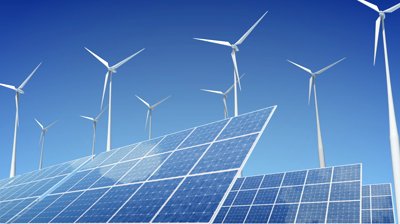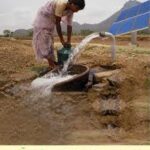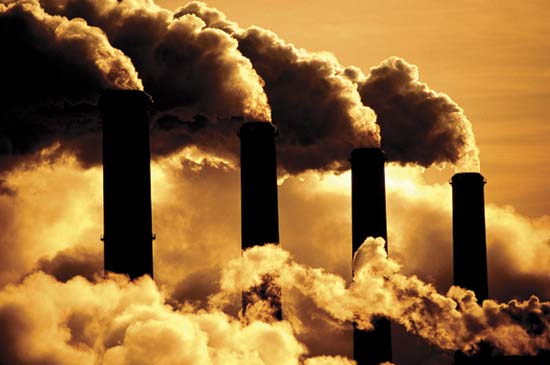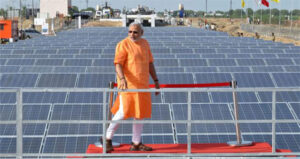Gamesa – Solar Power in India
We at Greenworldinvestor have talked about the benefits of going solar. The technology is slowly but steadily gaining mass attention all over the world. The prices of solar installation have also reduced drastically which has made many foray into solar. These days even companies having little or no experience in solar technology are trying to enter the solar market. India which is a developing economy with increasing demand for power has set up an ambition solar installation target of 100 GW by 2022. This has made many large foreign companies expand into the Indian territory.
Gamesa which is a major wind turbine manufacturer had made an entry into the Indian Solar energy market aggressively in the last year. This Spanish company also recently won two large-scale solar plants development projects in India having a combined capacity of 130 MW. The 90 MW plant would be located in Karnataka, while the 40 MW plant will be built in Andhra Pradesh. Gamesa will do the EPC work in addition to maintenance of the plant. The company will also supply 96 E1.37 MW photovoltaic inverters to the newly commissioned solar plants. The company has been selected by Atria Power a renewable energy solutions company located in Karnataka. Atria Power has already developed hydel power and wind power plants and is engaged in the development of Solar thermal power generation since 2011.
This will be the largest solar order for Gamesa in India. The new projects will start commissioning in March 2017. Gamesa’s strategy in India is not looking at the solar development space, but also ramping capacity through EPC. The company had jotted “2015-2017 business plan” of developing businesses that complement the wind industry, such as solar power. With wind energy development getting stagnant in the country, it makes sense for these companies to expand in the solar territory which is expanding exponentially in the country. These wind developers have a good experience in project financing for large capacity power plants. Besides keeping up their growth rates, it will also help them utilize their skills at renewable energy development and land acquisition.
“This contract marks a fresh milestone in our strategy in the solar power segment in India. Here at Gamesa we continue to strive to offer our customers unrivalled solutions, by leveraging our know-how developing and managing renewable energy projects and our competitive local supply chain”, explained Ramesh Kymal, Gamesa’s CEO in India.
Source: Gamesa









